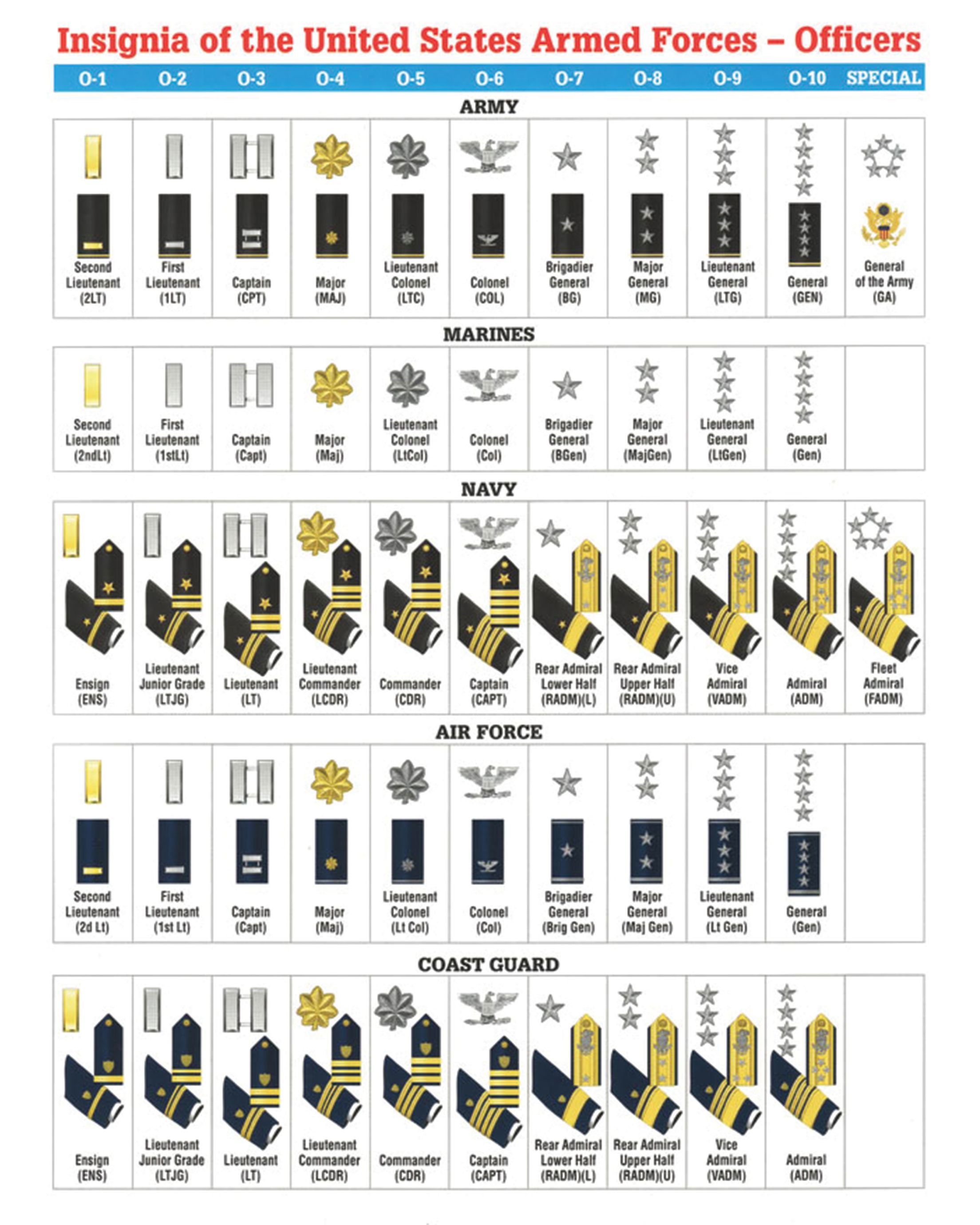Our San Diego Military Community
San Diego is proud to be the home to thousands of service members, veterans, and their families. You can't go anywhere in San Diego without noticing the significant military presence.
One of the first things you see when landing at Lindberg field is the adjacent Marine Corps Recruit Depot, or "Boot Camp", where young men (women attend basic training in Parris Island, South Carolina) between the ages of 17 and 28 earn the title of "Marine" after three months of intense training. The San Diego Bay is home to dozens of surface ships, submarines and aircraft carriers and the sailors who man them work tirelessly and for months at a time at sea, not only projecting our nation's sea power, but assisting in humanitarian missions around the globe. San Diego is known as the "Birthplace of Naval Aviation, and the skies serve as the training area for fighter jets, helicopters, and even the Navy's Blue Angels, who are based two hours east of San Diego in El Centro during the winter months. Just 35 minutes north of Petco Park is the Marine Corp's major west coast base, Camp Pendleton, home of I Marine Expeditionary Force, whose units have been fighting in Afghanistan and Iraq for the greater part of the past ten years.
As the "Team for the Military," the San Diego Padres are very proud to be surrounded by so many heroes.


Air Force
Army
California National Guard
U.S. Coast Guard
United States Marine Corps
The United States Marine Corps serves as an expeditionary force-in-readiness and has three primary responsibilities:
- The seizure or defense of advanced naval bases and other land operations to support naval campaigns.
- The development of tactics, techniques, and equipment used by amphibious landing forces in coordination with the Army and the Air Force; and
- Such other duties as the President may direct.
Although the Marine Corps has overlapping capabilities with the Army, what sets the Marine Corps apart is the Marine Air-Ground Task Force (MAFTF). The MAGTF (pronounced "MAG-taf") is how the Marine Corps organizes itself to accomplish missions and is made up of four elements. The Ground Combat Element (GCE) contains the bulk of the fighting forces, such as infantry, tanks, artillery, and reconnaissance units. The Aviation Combat Element (ACE) provides air power to support the GCE and includes fighter jets, helicopters, cargo planes, and all the personnel who support and maintain the aircraft. The Logistics Combat Element (LCE) includes all the support units, such as combat engineers, motor transport, supply, and medical units. These three elements are led by the Command Element. The MAGTF Commander is responsible for ensuring the GCE, LCE, and ACE are working together in order to complete the mission. Think of the MAGTF as a self-sufficient package of warfighting capabilities that you can put anywhere in the world at a moment's notice. In order to meet mission requirements as efficiently as possible, the MAGTF comes in several different sizes:
- Marine Expeditionary Unit (MEU): The smallest MAGTF with about 2,200 personnel. GCE is a reinforced infantry battalion.
- Marine Expeditionary Brigade (MEB): About 14,500 personnel. GCE is a reinforced infantry regiment.
- Marine Expeditionary Force (MEF): This is the largest MAGTF and the GCE is a reinforced infantry division.

